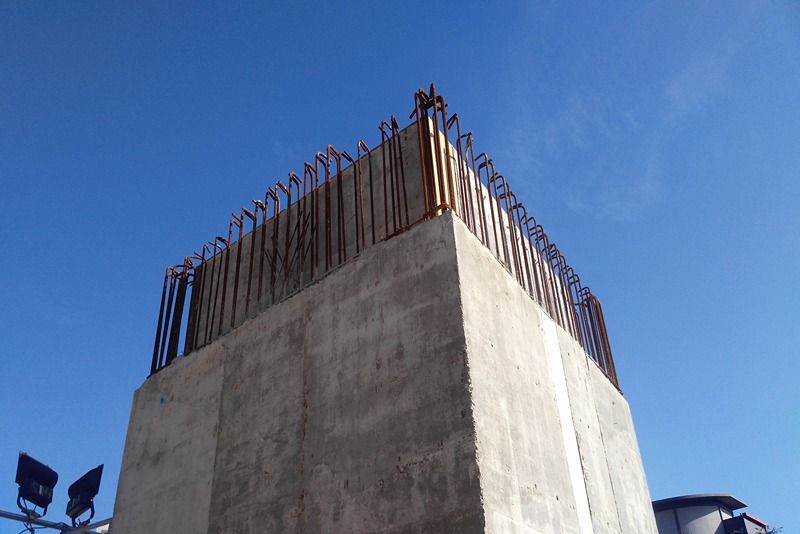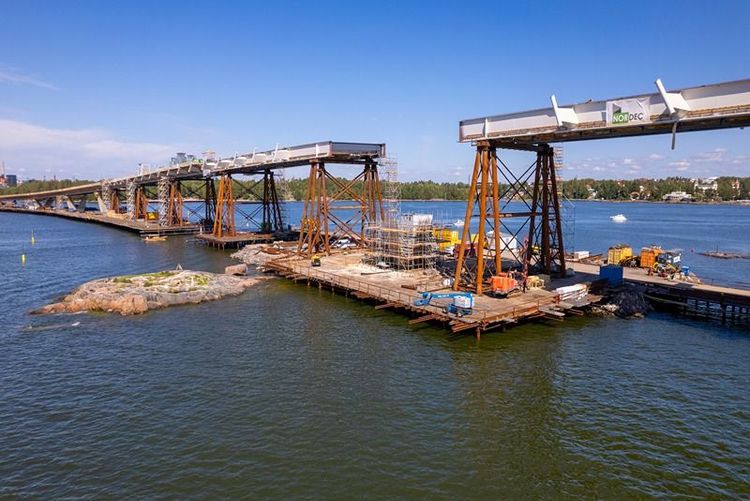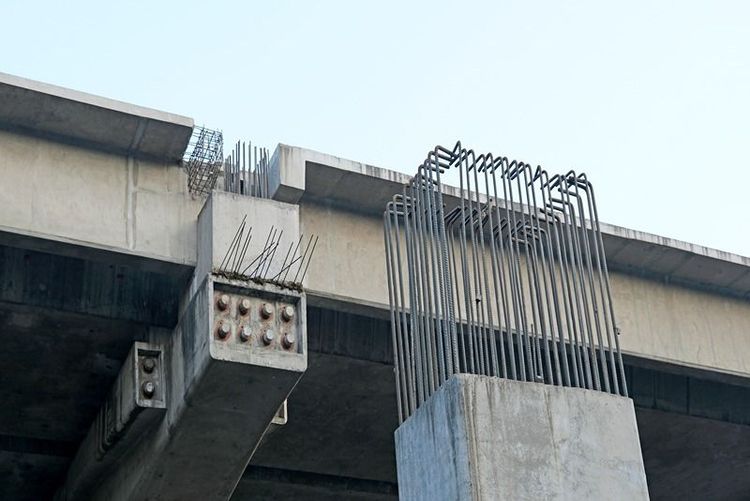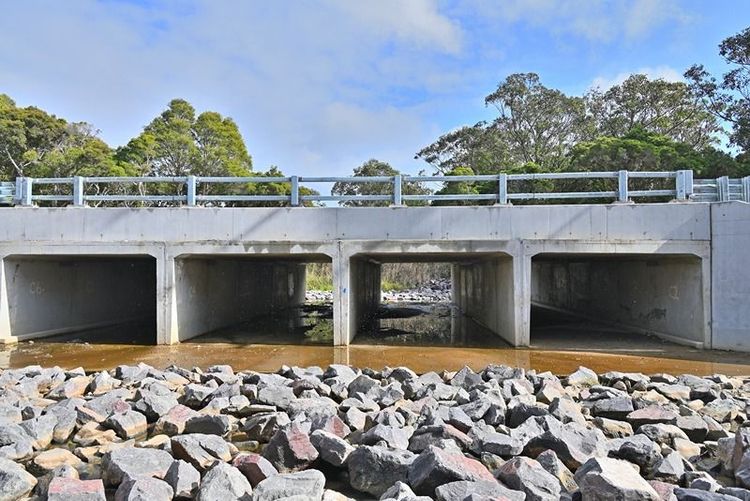Due to its properties, TMT (Thermo-Mechanically Treated) steel plays a pivotal role in constructing bridges and roads. TMT's weldability facilitates efficient fabrication and construction processes. Enhanced corrosion resistance ensures longevity, particularly in environments prone to corrosion, such as bridge decks exposed to moisture and salt. Despite potentially higher initial costs, TMT rebar proves cost-effective in the long run due to reduced maintenance and repair expenses. Its flexibility in design while adhering to rigorous quality control standards ensures reliability.
Comparative analysis with traditional construction materials
- Strength and durability
TMT offers higher tensile strength and better ductility than traditional construction materials like mild steel or cast iron. This results in road infrastructure that can withstand heavy loads, dynamic stresses, and environmental factors such as temperature fluctuations and seismic activity.
Traditional materials may require thicker sections or additional reinforcement to achieve the same level of structural integrity as TMT rods. This can increase material consumption, construction time, and overall project costs.
- Cost-effectiveness
While the initial cost of TMT may be higher than traditional materials, its superior strength and durability often result in cost savings over the lifecycle of the road infrastructure. Reduced maintenance requirements, extended service life, and lower risk of structural failure contribute to long-term cost-effectiveness.
Additionally, advancements in TMT rebar production technology have increased efficiency and economies of scale, making it more competitive in pricing than traditional construction materials.
- Construction efficiency
TMT rebar's uniform properties and ease of fabrication allow for faster construction than traditional materials. Prefabricated components, such as reinforcement bars or structural elements, can be manufactured off-site and assembled quickly, reducing construction time and minimising disruptions to traffic flow.
Traditional construction methods, such as cast-in-place concrete or masonry, often require extended curing periods and specialised labour, resulting in slower progress and higher labour costs.







 +91 7208055523
+91 7208055523
 Help & support
Help & support
